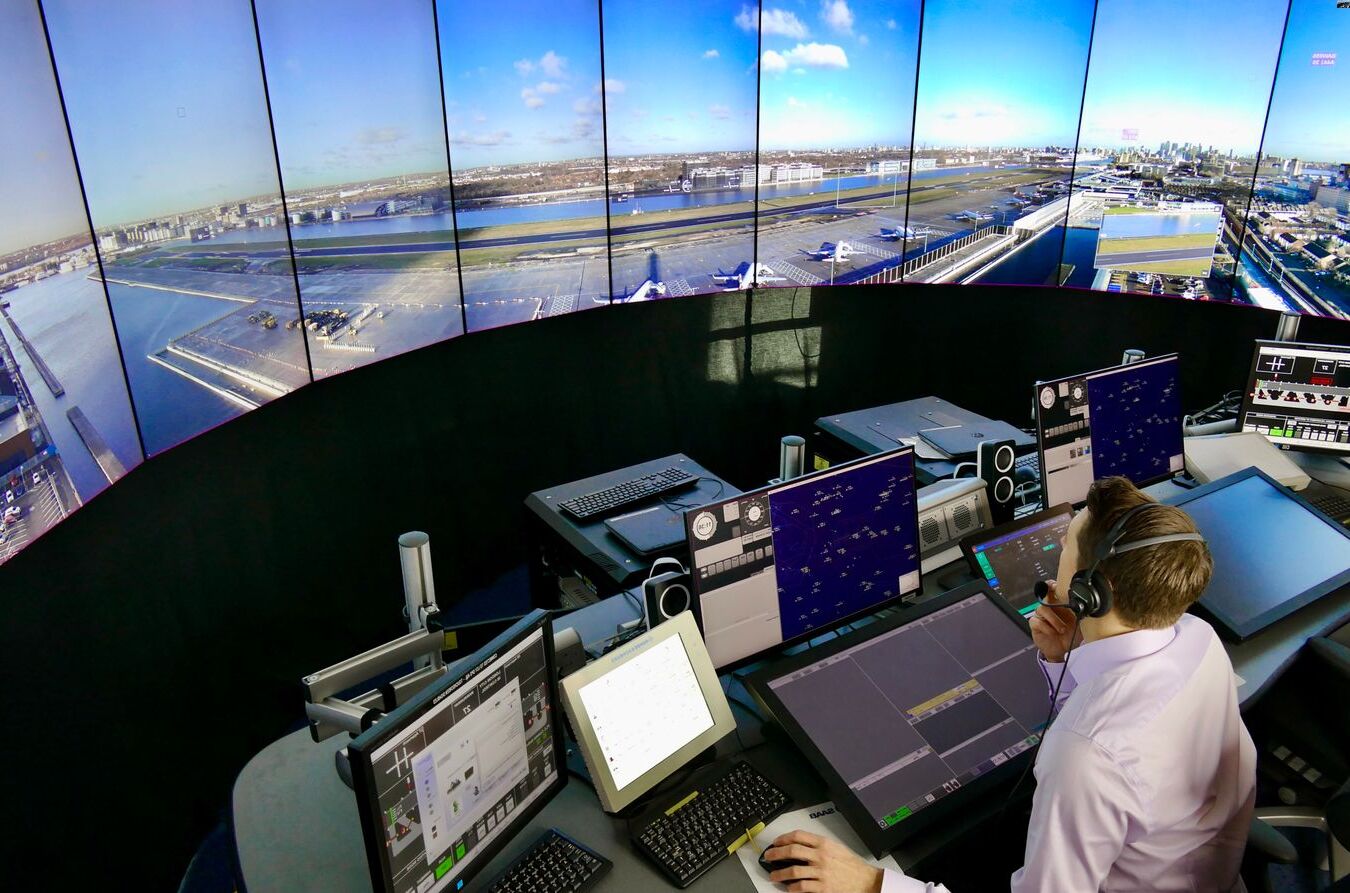
What are digital towers? Digital towers, also known as remote or virtual towers, are advanced systems used in air traffic control. They utilize high-definition cameras, sensors, and communication technologies to monitor and manage air traffic from a remote location. Unlike traditional control towers, which require controllers to be physically present at the airport, digital towers allow them to oversee multiple airports from a single, centralized hub. This innovation enhances efficiency, reduces costs, and improves safety by providing controllers with a comprehensive, real-time view of airport operations. Digital towers represent the future of air traffic management, offering a flexible and scalable solution for airports of all sizes.
What Are Digital Towers?
Digital towers, also known as remote or virtual towers, represent a significant shift in air traffic management. They use advanced technology to control and monitor airport operations from a remote location. Here are some fascinating facts about digital towers:
-
Remote Control: Digital towers allow air traffic controllers to manage airport operations from miles away using high-definition cameras and sensors.
-
Cost-Effective: They reduce the need for physical infrastructure, making them a more economical option for smaller airports.
-
Enhanced Safety: Advanced technology provides better visibility and situational awareness, improving safety for both aircraft and ground operations.
How Do Digital Towers Work?
Understanding the mechanics behind digital towers can be quite intriguing. They rely on a combination of cameras, sensors, and communication systems to function effectively.
-
High-Definition Cameras: These cameras provide a 360-degree view of the airport, ensuring no blind spots for air traffic controllers.
-
Sensors and Radars: These tools detect aircraft and vehicles on the ground, providing real-time data to controllers.
-
Data Transmission: Information from cameras and sensors is transmitted to a remote control center, where controllers manage operations.
Benefits of Digital Towers
Digital towers offer numerous advantages over traditional air traffic control towers. Here are some key benefits:
-
Flexibility: Controllers can manage multiple airports from a single remote location, increasing efficiency.
-
Scalability: Digital towers can be easily scaled up or down based on the airport's needs.
-
Reduced Environmental Impact: Less physical infrastructure means a smaller carbon footprint.
Challenges and Limitations
Despite their many benefits, digital towers also face certain challenges and limitations. It's important to consider these factors:
-
Technical Glitches: Like any technology, digital towers can experience technical issues that may disrupt operations.
-
Cybersecurity Risks: Remote operations are vulnerable to cyber-attacks, requiring robust security measures.
-
Initial Investment: Setting up a digital tower requires a significant initial investment in technology and training.
Real-World Applications
Digital towers are not just theoretical concepts; they are being implemented in various airports around the world. Here are some examples:
-
Sweden's Örnsköldsvik Airport: The first airport to implement a fully operational digital tower in 2015.
-
London City Airport: Uses a digital tower to manage its operations, enhancing efficiency and safety.
-
Australia's Alice Springs Airport: Another example of successful digital tower implementation.
Future of Digital Towers
The future of digital towers looks promising, with continuous advancements in technology and increasing adoption worldwide. Here are some predictions:
-
AI Integration: Artificial intelligence will play a significant role in automating routine tasks, allowing controllers to focus on critical decisions.
-
Global Adoption: More airports around the world will adopt digital towers, making air travel safer and more efficient.
-
Enhanced Connectivity: Improved communication systems will enable seamless coordination between multiple airports.
Interesting Facts About Digital Towers
Here are some additional intriguing facts about digital towers that highlight their innovative nature:
-
Weather Adaptability: Digital towers can operate efficiently in various weather conditions, providing consistent performance.
-
Night Vision: Equipped with night vision capabilities, these towers ensure round-the-clock monitoring.
-
Augmented Reality: Some digital towers use augmented reality to overlay important information on live video feeds.
Impact on Air Traffic Controllers
Digital towers have a significant impact on the roles and responsibilities of air traffic controllers. Here's how:
-
Remote Work: Controllers can work from remote locations, offering more flexibility and reducing the need for relocation.
-
Enhanced Training: Advanced simulators and training programs prepare controllers for the unique challenges of managing digital towers.
-
Job Evolution: The role of air traffic controllers is evolving, with a greater focus on technology management and data analysis.
Final Thoughts on Digital Towers
Digital towers are more than just impressive structures. They represent the future of communication, broadcasting, and data transmission. From their towering heights, they provide essential services that keep us connected, informed, and entertained. These structures are marvels of engineering, combining advanced technology with practical applications. They play a crucial role in our daily lives, often without us even realizing it. As technology continues to evolve, digital towers will likely become even more integral to our world. Understanding their importance helps us appreciate the invisible infrastructure that supports our modern lifestyle. So next time you see one of these towering giants, remember the vital role they play in keeping our digital world running smoothly. Digital towers truly are the unsung heroes of our connected age.
Was this page helpful?
Our commitment to delivering trustworthy and engaging content is at the heart of what we do. Each fact on our site is contributed by real users like you, bringing a wealth of diverse insights and information. To ensure the highest standards of accuracy and reliability, our dedicated editors meticulously review each submission. This process guarantees that the facts we share are not only fascinating but also credible. Trust in our commitment to quality and authenticity as you explore and learn with us.


